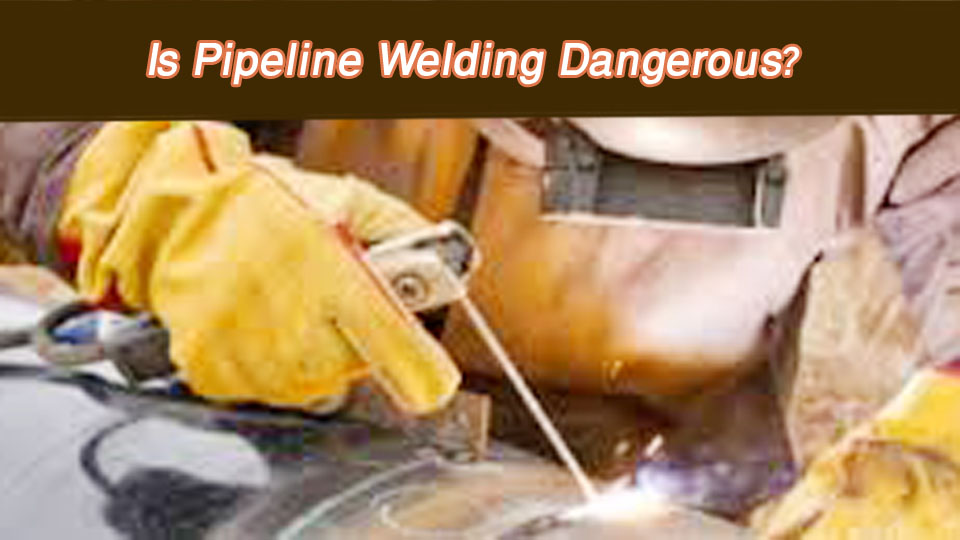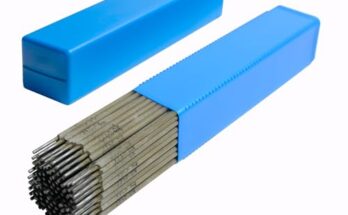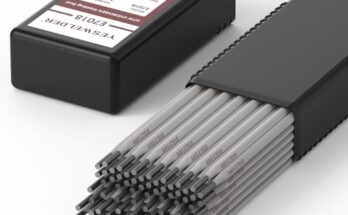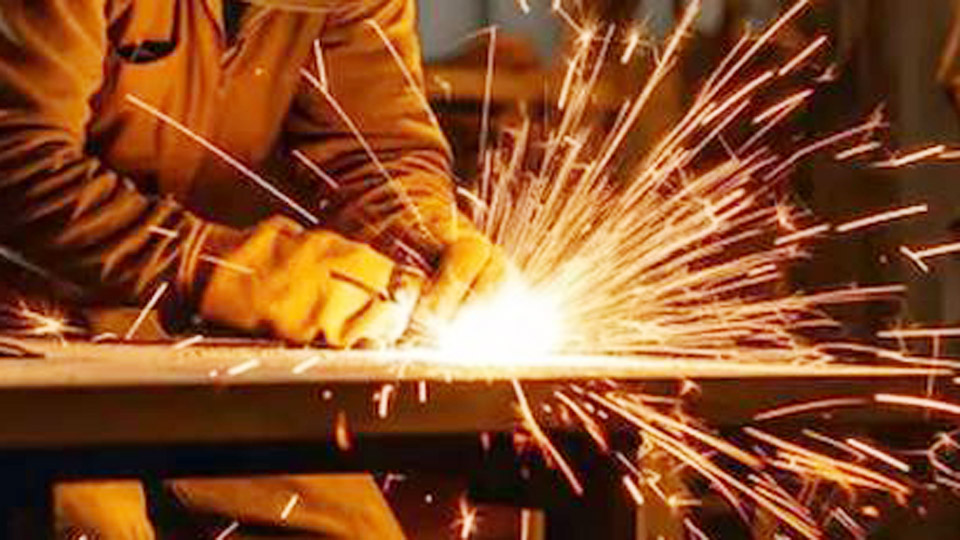Pipeline welding is one of the most challenging and rewarding welding jobs out there. It offers great pay, a sense of accomplishment, and the chance to work in diverse locations. But with all its benefits, many people wonder—just how dangerous is pipeline welding?

Image by mscdirect
Having worked in the welding industry, I can tell you firsthand that pipeline welding comes with real risks. It involves high heat, hazardous gases, and sometimes extreme working conditions.
However, with the right safety precautions, the dangers can be minimized. Let’s go through the key risks associated with pipeline welding and how to stay safe on the job.
Hazards of Pipeline Welding
Pipeline welding is different from other types of welding because of the environment and materials involved. Welders often work in remote locations, near pressurized pipes, and in all types of weather. Here are the most common dangers pipeline welders face.
Exposure to Toxic Fumes and Gases
Welding produces hazardous fumes that can be dangerous if inhaled. These fumes contain metals like manganese, chromium, and nickel, which can cause respiratory issues, nerve damage, and other long-term health problems. In pipeline welding, where confined spaces are common, the risk of fume inhalation increases significantly.
To reduce this risk, proper ventilation is crucial. Many welders wear respirators or use fume extraction systems to minimize exposure. If you’re welding inside a pipe or enclosed space, extra caution is needed to ensure enough fresh air is circulating.
Fire and Explosion Hazards
Pipelines often carry flammable gases, oils, or chemicals. Any spark from welding could ignite a fire or cause an explosion. This is one of the most dangerous aspects of pipeline welding and requires strict safety measures.
Before welding on a pipeline, the area must be properly purged of any combustible gases. Welders also use fire blankets and fire-resistant clothing to reduce the risk of burns. It’s essential to have fire extinguishers nearby and to follow all safety protocols when working in high-risk areas.
High Heat and Burns
Welding involves extremely high temperatures. The arc can reach thousands of degrees, and without proper protective gear, burns can happen in seconds. Even touching a freshly welded pipe without gloves can cause severe injuries.
Welders wear fire-resistant clothing, gloves, and face shields to protect themselves. One mistake many beginners make is not covering all exposed skin. UV radiation from the welding arc can cause painful burns, even through a small gap in clothing.
Electrical Shock Risks
Pipeline welders use high-voltage equipment, making electrical shocks a real danger. If a welder comes into contact with live electrical components or a wet surface, the risk of electrocution increases.
To stay safe, always inspect your equipment for damaged cables, ensure your work area is dry, and wear rubber-soled boots. Using proper grounding techniques can also help prevent electrical shocks.
Working in Harsh Conditions
Pipeline welders don’t always work in comfortable shop environments. They often weld outdoors in extreme temperatures, heavy rain, or snow. This makes the job more physically demanding and increases the risk of fatigue and accidents.
Hydration, proper clothing, and regular breaks can help welders cope with these tough conditions. Employers also need to provide safety training to prepare welders for different weather challenges.
Confined Space Hazards
Some pipeline welding jobs require working inside tanks, pipes, or underground tunnels. These confined spaces limit movement and ventilation, making it easier to inhale harmful fumes or run out of oxygen.
Before entering a confined space, welders need to test the air quality and have a rescue plan in place. Using proper safety gear, like supplied-air respirators, can also help reduce risks.
Heavy Equipment and Falling Objects
Pipeline welding often involves working with cranes, hoists, and other heavy machinery. If equipment isn’t handled properly, it can cause serious injuries.
Welders should always wear hard hats, safety boots, and use proper lifting techniques. Staying aware of your surroundings and following safety guidelines can prevent accidents involving heavy materials.
How to Minimize the Risks
Pipeline welding is risky, but with the right precautions, it can be a safe and rewarding career. Here are some essential safety tips:
- Wear the Right Protective Gear – Fire-resistant clothing, gloves, safety glasses, and welding helmets are must-haves.
- Use Proper Ventilation – Work in well-ventilated areas or use fume extraction systems.
- Inspect Equipment Regularly – Check for damaged cables, loose connections, or gas leaks.
- Follow Fire Safety Protocols – Have fire extinguishers nearby and ensure the area is free of flammable materials.
- Stay Aware of Surroundings – Be mindful of heavy machinery, falling objects, and potential hazards.
- Take Breaks and Stay Hydrated – Fatigue can lead to mistakes, so staying rested is important.
Common Pipeline Welding Hazards and How to Prevent Them
| Hazard | Risk | Prevention |
|---|---|---|
| Toxic Fumes | Respiratory issues, nerve damage | Use ventilation, wear respirators |
| Fire & Explosion | Burns, fatal injuries | Purge pipes, use fire-resistant clothing |
| High Heat & Burns | Skin damage, severe burns | Wear protective gloves and gear |
| Electrical Shock | Electrocution, severe burns | Inspect cables, use dry surfaces |
| Harsh Weather | Fatigue, hypothermia, dehydration | Stay hydrated, wear weather-appropriate gear |
| Confined Spaces | Oxygen deficiency, fume buildup | Test air quality, use safety harness |
| Falling Objects | Head injuries, broken bones | Wear hard hats, secure heavy equipment |
Conclusion
Pipeline welding is one of the toughest but most rewarding welding careers out there. It comes with risks, but with proper training and safety precautions, the dangers can be managed. Understanding the hazards—like toxic fumes, fire risks, high heat, and electrical shock—helps welders prepare for the job and stay safe.
If you’re considering a career in pipeline welding, don’t let the risks scare you away. With the right protective gear, a focus on safety, and good training, pipeline welding can be a stable and well-paying job. Always respect the dangers, follow safety procedures, and take care of yourself on the job.
Frequently Asked Questions
Is pipeline welding a good career choice?
Yes, pipeline welding offers excellent pay and job opportunities, especially for those willing to travel and work in different environments.
Can pipeline welders get sick from welding fumes?
Yes, long-term exposure to welding fumes can cause serious health issues, including lung damage and neurological problems. Using proper ventilation and respirators helps reduce the risk.
How do pipeline welders stay safe from fires and explosions?
Pipeline welders follow strict safety procedures, such as purging gas lines, using fire-resistant gear, and keeping fire extinguishers nearby.
Do pipeline welders work in extreme weather?
Yes, pipeline welders often work in harsh conditions, including extreme heat, cold, and heavy rain. Proper clothing and hydration are key to staying safe.
What’s the biggest danger in pipeline welding?
The biggest dangers include toxic fumes, fire risks, electrical shock, and working in confined spaces. Proper safety measures can reduce these risks.
Pipeline welding is a tough but rewarding job. By following safety protocols and staying aware of potential hazards, welders can enjoy a long and successful career.


